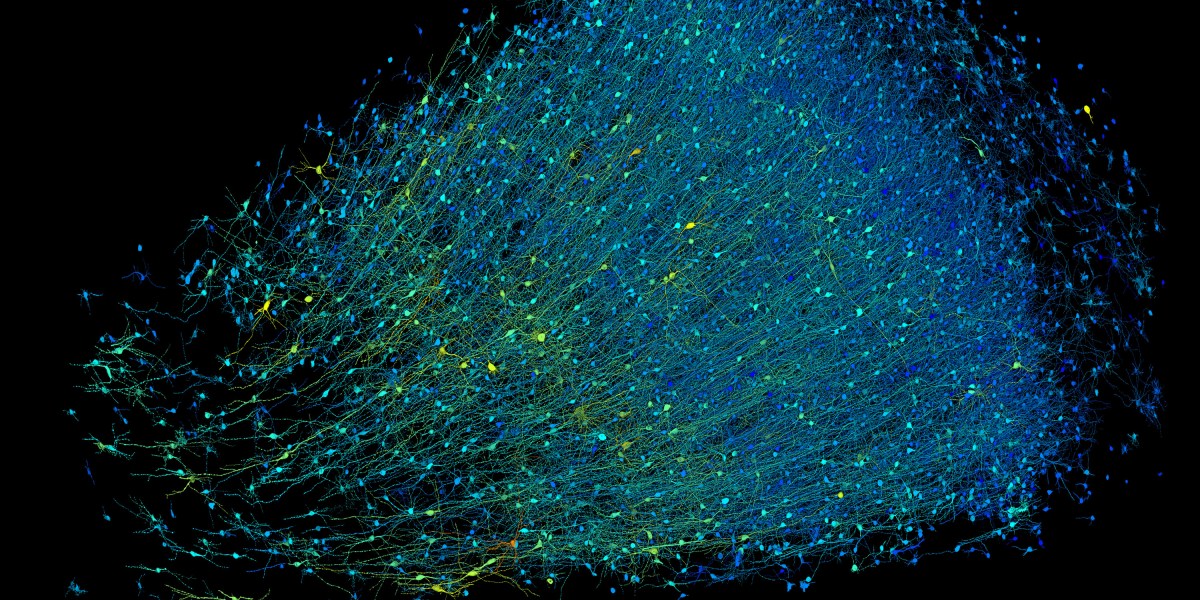The Download: Mapping the human brain, and a Hong Kong protest anthem crackdown
The news: A team led by scientists from Harvard and Google has created a 3D, nanoscale-resolution map of a single cubic millimeter of the human brain. Although the map covers just a fraction of the organ, it is currently the highest-resolution picture of the human brain ever created.
How they did it: To make a map this finely detailed, the team had to cut the tissue sample into 5,000 slices and scan them with a high-speed electron microscope. Then they used a machine-learning model to help electronically stitch the slices back together and label the features.
Why it matters: Many other brain atlases exist, but most provide much lower-resolution data. At the nanoscale, researchers can trace the brain’s wiring one neuron at a time to the synapses, the places where they connect. And scientists hope it could help them to really understand how the human brain works, processes information, and stores memories. Read the full story.
—Cassandra Willyard
To learn more about the burgeoning field of brain mapping, check out the latest edition of The Checkup, our weekly biotech newsletter. Sign up to receive it in your inbox every Thursday.
Hong Kong is targeting Western Big Tech companies in its ban of a popular protest song
It wasn’t exactly surprising when on Wednesday, May 8, a Hong Kong appeals court sided with the city government to take down “Glory to Hong Kong” from the internet.
The trial, in which no one represented the defense, was the culmination of a years-long battle over a song that has become the unofficial anthem for protesters fighting China’s tightening control and police brutality in the city.
It remains an open question how exactly Big Tech will respond. But the ruling is already having an effect beyond Hong Kong’s borders: just hours afterwards, videos of the anthem started to disappear from YouTube. Read the full story.

